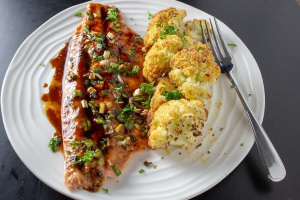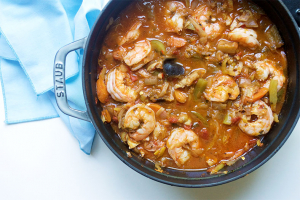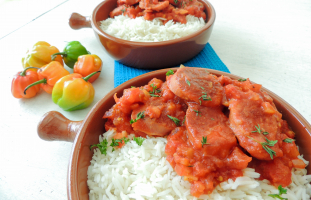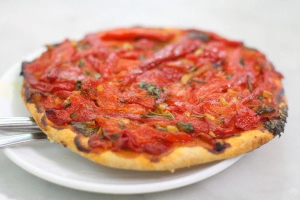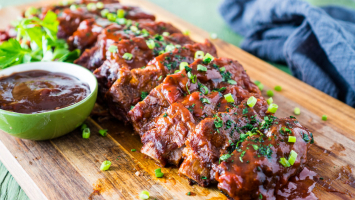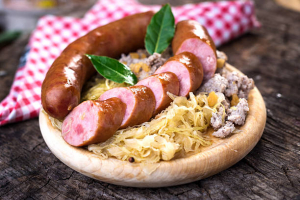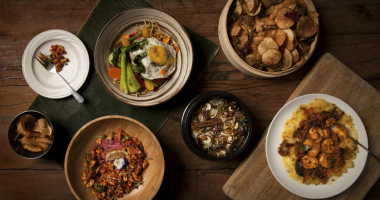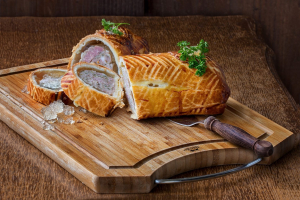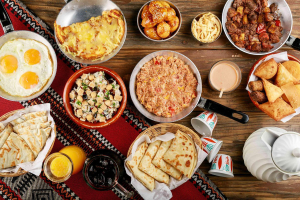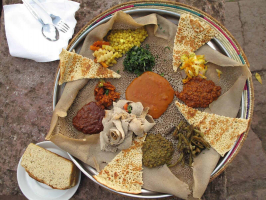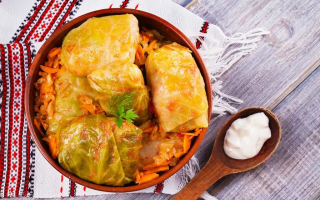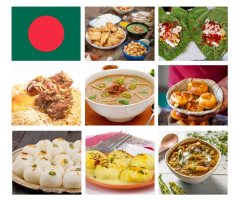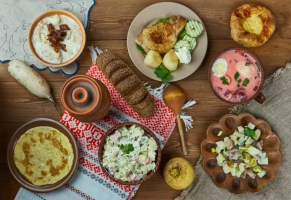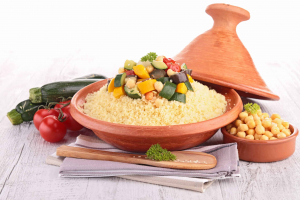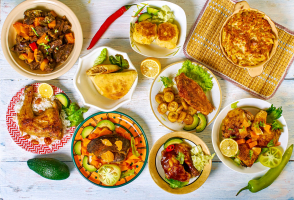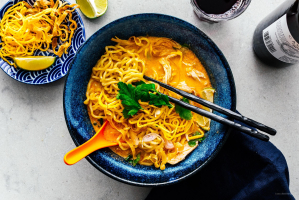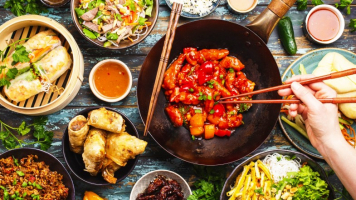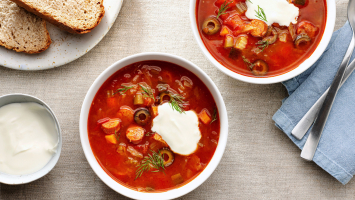Top 7 Best Foods In Mongolia With Recipe
Many tourists flock to Mongolia in the summer to see the Mongolian-Manchurian grasslands and nomadic people, but those interested in harsh weather will find ... read more...the country more interesting in the winter. Traditional Mongolian cuisine is something you can always look forward to, regardless of when you visit Mongolia or what you're into. Toplist will discuss seven of the finest and most intriguing Mongolian meals to try on your next vacation to Mongolia in this post.
-
Buuz, a classic meat-filled Mongolian dumpling, is a great place to start this list of traditional Mongolian meals. It's a traditional Mongolian dish served to commemorate the Lunar New Year (Tsagaan Sar). The country is influenced by the Siberian High in the winter, so fatty Mongolian meals like buuz help inhabitants get through the harsh winters. The dumplings are normally cooked with a simple wheat dough filled with a mixture of lamb, tail fat, and additional ingredients like onions, victory onions, and caraway. Recipes vary from cook to cook.
Buuz can be found in a variety of forms throughout Mongolia. They're called "flower buuz," "sheep buzz," or "lazy buuz" because of the way they're folded and fashioned. Flower buuz, as its name suggests, resembles a flower, whereas lazy buuz is the easiest and quickest to produce. To prepare, the flour dough is cut into pieces around the size of your palm to prepare. They're rolled out flat, then filled with the meat mixture, then folded and pinched closed. After that, the dumplings are cooked for around 20 minutes before being eaten by hand.
Ingredients
- 2 cups flour, 2/3 cups boiling water, 1 lb. mutton or fatty lamb, preferably ground very coarse, 1 onion, finely minced, 2-3 cloves garlic, minced, 1 - 2 tsp pepper, 1 tsp caraway seeds, 1 tsp salt, 1-2 tbsp water, optional see note
Instruction
- Mix the flour and water together and knead until it forms a smooth dough. A food processor helps bring the dough together in about 30 seconds, but it can also be made by hand.
- Allow the dough to rest under a moistened towel for at least 30 minutes.
- Coarsely grind mutton or fatty lamb and add in remaining ingredients. Stir to incorporate. Omit the added water if you're using pre-ground meat.
- Roll the dumpling wrapper into a long snake and then cut it into 2 dozen pieces. Roll each piece into a 3 inch circle.
- Place a walnut sized piece of meat on each wrapper, and pinch the ends of the wrapper together in your desired shape.
- Steam the dumplings for about 20 minutes in a steamer basket inside a pot with a tight fitting lid (or in an instant pot with a glass lid).
- Serve buuz as an appetizer or a main meal.
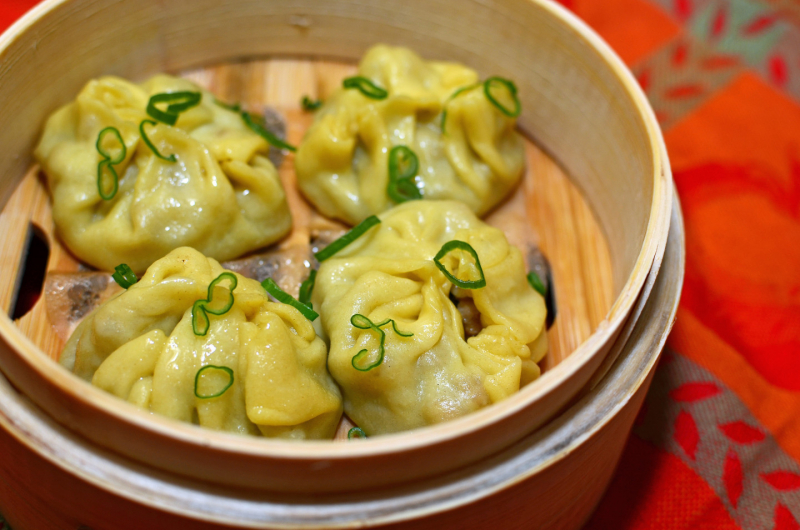
ingmar.app 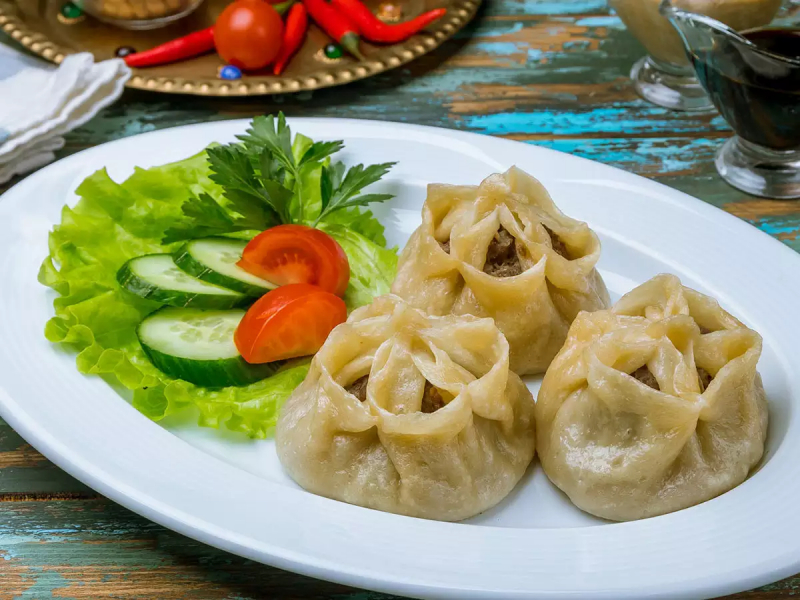
recipes.timesofindia.com -
Khuushuur is Mongolia's counterpart to chebureki, which is a Russian fried pastry filled with seasoned ground meat. It's a Mongolian dish that owes its origins to Russian cuisine. The ingredients in khuushuur are identical to those in buuz or bansh, but it's significantly bigger, around 4-6 times bigger than a typical buuz. Because it's deep-fried, it's commonly fashioned into an oval or half-moon and is considerably oilier than the previous two dumplings. The main course during Naadam, a traditional Mongolian festival that includes tournaments in three sports: wrestling, horse racing, and archery, is khuushuur. The khuushuur offered during Naadam is spherical, unlike the homemade varieties.
Ingredients
- 1 lb ground beef, 1 onion minced, 1 clove garlic minced, 1 teaspoon salt, ¼ teaspoon ground black pepper, 3 cups flour, 2 cups water ( more or less)
Instruction
- Mix all the ingredients except the flour in a bowl and set aside
- Add flour to another bowl and slowly add water while mixing the dough by hand until the dough is smooth and slightly sticky
- Remove dough from bowl and divide into four
- Take one piece of dough and cover the rest with plastic wrap so that it doesn't dry out
- Roll into a thick rope and cut and into 2 inch pieces
- Shape into a flat circle, stuff with tablespoon of meat and seal ends using a bit of water. See pictures above.
- Repeat until you use up the remaining ingredients
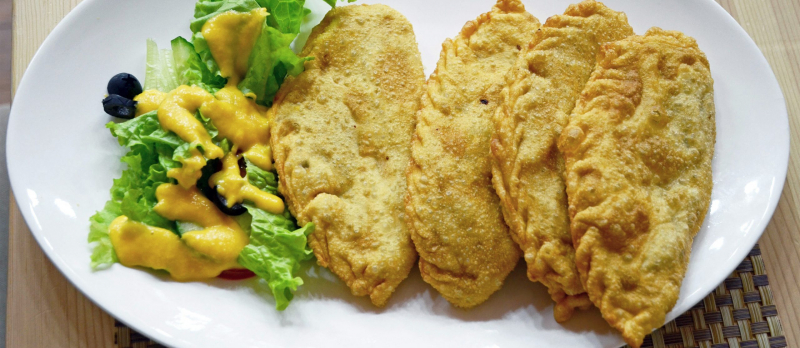
wpg.com.vn 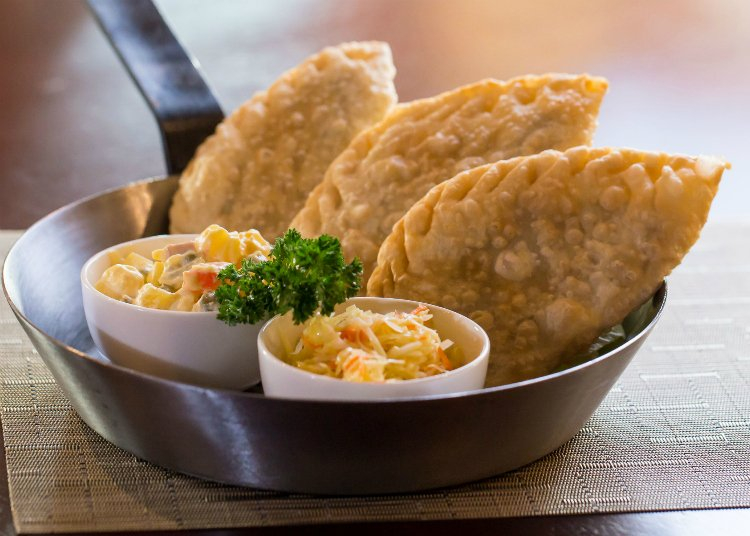
wpg.com.vn -
Mongolian cuisine, as previously said, is dominated by meat. It can be grilled, combined with other ingredients to make dumplings, or cooked into soups and other cuisines like budaatai khuurga (Mongolian rice bowl). Tsuivan is a Mongolian meat dish that you must try at least once. Tsuivan is a Mongolian noodle meal that includes meat and a variety of veggies. Mutton is traditionally utilized, however other meats such as beef or pork can also be used.
Ingredients
- Noodles: 2 1/2 cups (320 grams) all-purpose flour plus more for dusting, 1 cup (240 milliliters) water, Vegetable oil for rolling and cooking
- Tsuivan: 1 onion peeled and thinly sliced, 8 ounces (250 grams) mutton or beef cut into bite-size pieces, Salt and pepper to taste, 2 carrots cut into matchsticks, 1 potato peeled and cut into matchsticks, 1/4 green cabbage thinly sliced, optional, 2 cloves garlic peeled and minced, 3/4 cup (177 milliliters) water, 2 green onions thinly sliced
Instruction
- To make the noodles:
- Place the flour in a large bowl and make a well in the center. Add the water and mix to combine and form a dough.
- On a lightly floured surface, knead the dough well until smooth and elastic. If too sticky to handle, add a little more flour. If too crumbly, add a little water.
- Cover with an inverted bowl or wrap in plastic and allow to rest for 15 minutes.
- Divide the rested dough into 4 equal pieces. Cover three of the pieces and place one on a lightly floured surface.
- Roll the piece of dough into a thin sheet, making sure the bottom does not stick to the surface.
- Grease the top of the sheet with about 1 tablespoon of oil- making sure all parts are covered. Loosely roll the sheet up, long side to long side. Using a sharp knife, quickly cut the roll into strips about 1/4 inch (0.6 cm) wide. Gently shake the strips loose with your fingers to separate and place on a greased baking sheet or other surface. Repeat with remaining dough.
- You can cut the oiled sheet of dough in half, stack on top of each other and lightly pan fry on each side until starting to puff, but still pliable. Roll the lightly pan-fried sheets up and cut into strips. This way will make the noodles easier to cut and separate. Repeat with remaining dough and set aside.
- To prepare the Tsuivan:
- Place a large pan over medium heat and drizzle with about a tablespoon of oil.
- Once heated, add the sliced onions and cook, stirring often, until softened.
- Stir in the meat, season with salt and pepper, and continue to cook, stirring occasionally, until golden on all sides.
- Add the carrots, potatoes, cabbage if using, and garlic. Cook until starting to soften.
- Pour the water into the pan and bring to a boil. Reduce to a simmer and arrange the sliced noodles around the top, leaving a hole in the center. Drizzle the tops of the noodles evenly with about 1 tablespoon oil. Cover tightly with a lid and steam the noodles until cooked through, about 15 minutes. If the water has evaporated before the noodles are finished cooking, pour in a little more water.
- Once cooked, remove the lid and gently fan the the noodles using a paper fan, the pot lid, or even a cutting board to help dry out the top layer.
- Use a fork to gently fluff and separate the noodles, then lightly toss all the ingredients together. Season to taste with salt and pepper and serve immediately topped with the green onions.
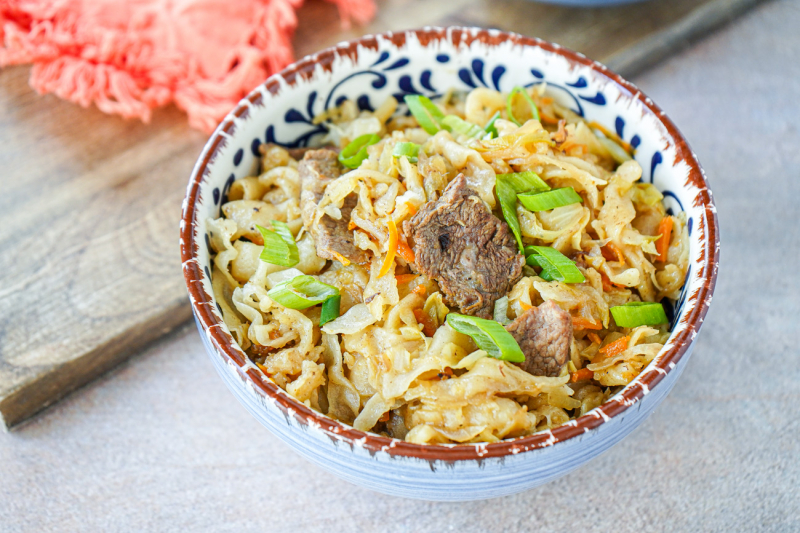
tarasmulticulturaltable.com 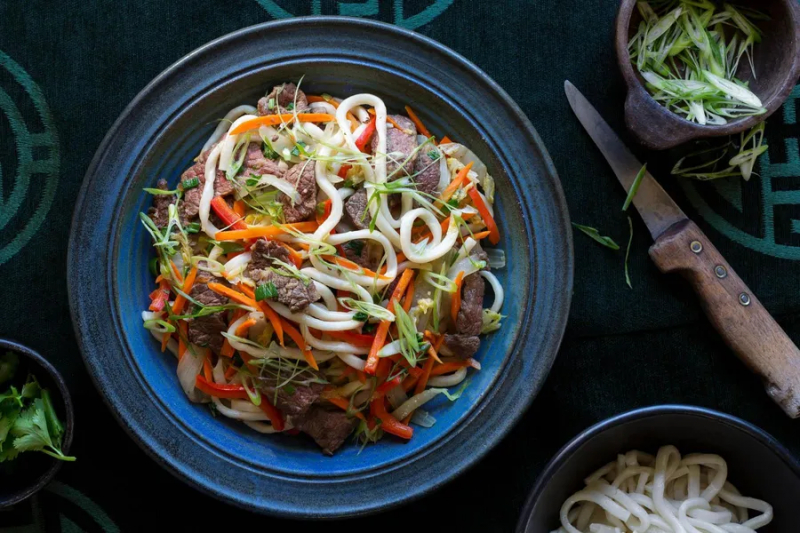
sunbasket.com -
Guriltai shul must always be mentioned in every Mongolian food guide. It is a type of Mongolian noodle soup cooked with fatty meats such as mutton or beef, vegetables, spring onions, root crops, and noodles. This traditional Mongolian cuisine simply translates as "noodle soup." Tasalan guriltai shul is an intriguing type to try in Mongolia. It's a flavorful soup cooked with boiled lamb or cow bones, salt, and hand-cut short flat noodles. Flattened dough sheets are sometimes fried first before being sliced into strips. Mongolians do not have a preference for the shape or length of their noodles, unlike people in other nations who like long strands. Noodles can be short or long, narrow or wide, thick or thin, as long as they taste delicious.
Ingredients
- 1 large-sized onion, sliced thinly, 2 carrots, peeled and chopped thinly, 2 potatoes, peeled and chopped thinly, 1 lb. of beef cut into thin pieces, 1 cup of tasalsan guril (fried noodles), 2 cups of water, 2 teaspoons of pepper, 1 teaspoon of salt, 2 tablespoons of vegetable oil
Instruction
- Heat the vegetable oil in a large and deep cooking pot over medium-high heat.
- Place the onions in the pot, breaking apart the half rounds into individual slices. Saute the onion for at least 3 minutes.
- Add the vegetables in the pot and stir. Do this until golden brown.
- Add the beef and fry. Season with salt and pepper, and add more when desired. Keep stirring as you cook for the mixture to come together.
- Add the fried noodles and water into the pot and cover. Uncover when the liquid boils.
- Boil the liquid for at least 5 minutes. Adjust seasoning if desired.
- Serve the soup while hot.
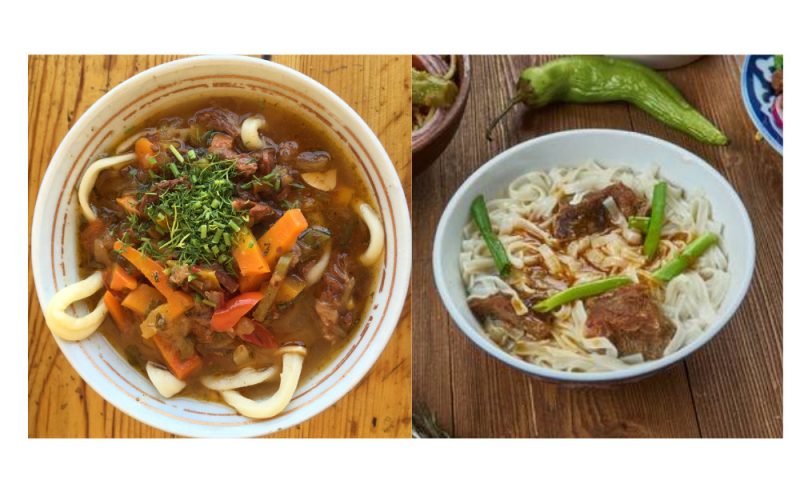
desidakaar.com 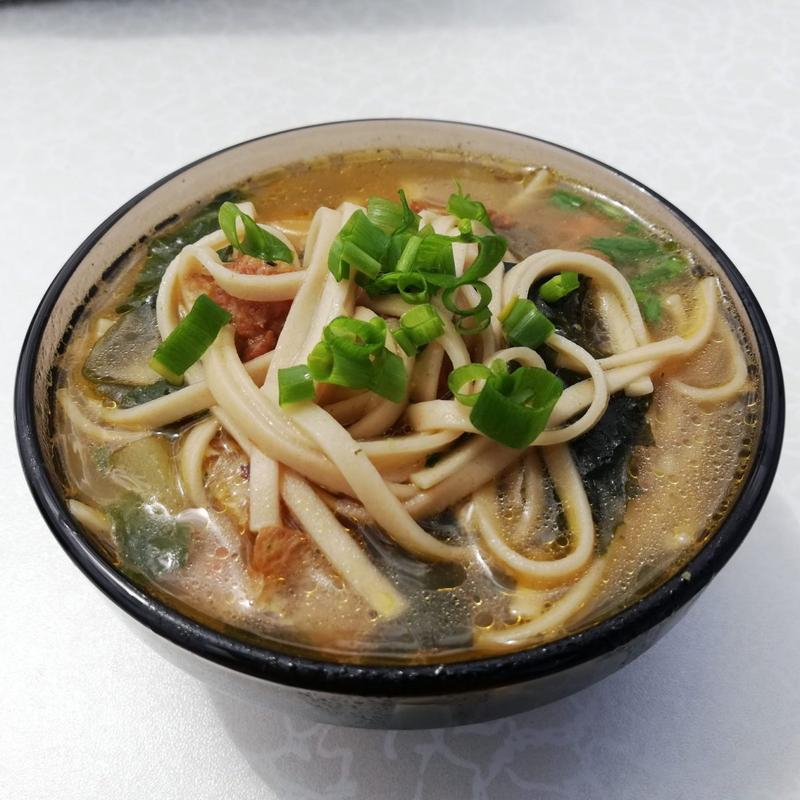
hrv.com.vn -
A typical Mongolian BBQ is referred to as khorkhog. It's usually made with lamb or goat meat, veggies, and root crops that are cooked in heated milk churns. The meat and veggies are placed in a milk churn that is used as a saucepan to prepare khorkhog. River stones are heated over an open fire and then put into the pot, followed by water, which creates steam to cook the veggies and meat. It's a cooking method developed by nomadic Mongolian nomads and still utilized by rural families.
Mongolians will take the stones and rub them in their hands once the khorkhog is cooked and the stones have cooled down a little. They do it because they believe the heated stones have therapeutic properties. If you have the opportunity to try khorkhog in Mongolia, you should do so.
Ingredients
- 4 lb mutton (or lamb or goat), 4 lb vegetables (carrots, onions, cabbage, potatoes cut in large pieces), About 20 stones (ideally round and smooth), Caraway (to taste), Salt, Pepper
Instructions
- Heat the stones on the BBQ for at least 30 minutes or until hot.
- Place the hot stones, the meat and the spiced vegetables in the pot, pressure cooker or container in layers.
- Finish by adding about 1 to 2 cups (300-500ml) of water, enough to generate steam during cooking.
- Close the container and place it on the BBQ at medium/high heat. The heat of the stones will help to ensure even cooking.
- It usually takes at least 2 hours to cook khorkhog but it doesn't hurt to cook longer if necessary.
- Khorkhog is served hot with a stone on the side of the plate.
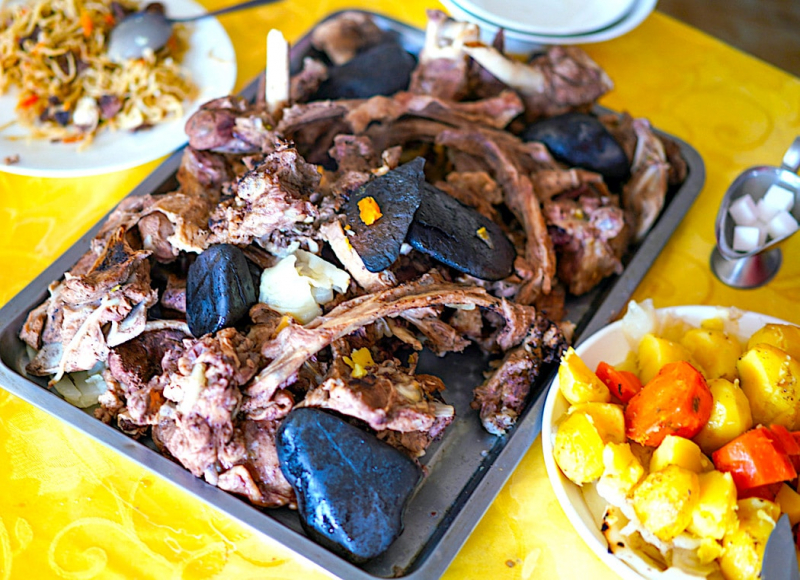
amicusmongolia.com 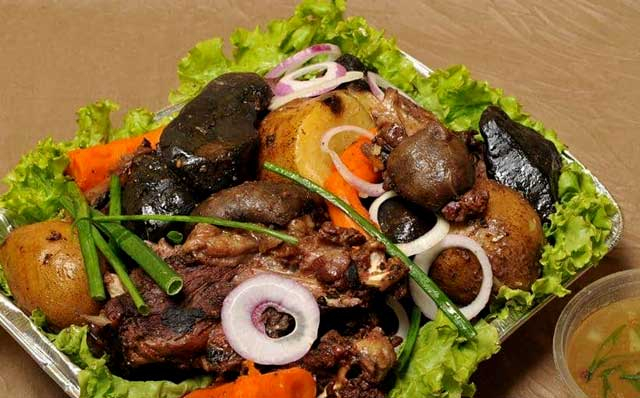
thefooddictator.com - 4 lb mutton (or lamb or goat), 4 lb vegetables (carrots, onions, cabbage, potatoes cut in large pieces), About 20 stones (ideally round and smooth), Caraway (to taste), Salt, Pepper
-
One of the more intriguing foods in this Mongolian culinary guide is boodog. It refers to Mongolia's one-of-a-kind meat preparation procedure. Boodog is similar to khorkhog, except the meat is not cooked in a milk churn or saucepan. It doesn't use any form of cookware at all, in fact. Rather, boodog is created by boiling the meat in the skin of the animal. Mongolian nomadic soldiers rode their horses and carried anything they could. They couldn't bear the weight of heavy cookware, so they created a way to prepare meat and veggies using the carcass of the animal.
Ingredients
- Meat of Goat (chevon) –one goat meat, Heated stones (stones of river) – 20-30, Salt , Seasons (pepper, peas and more)
Instructions
- Clean the marmot, separate the intestines and slightly remove hair from the skin.
- Rub the inside with salt, fill up with hot stones and seal tightly.
- Additionally, roast the marmot on slow open fire or with a gas burner.
- Usually, Mongolians do not use seasonings in order to keep the specific taste of marmot meat.
- When the cooking is done, the stones are pulled out, rolled in hands, the meat is cut into pieces and the Mongolian recipe marmot is ready to serve hot
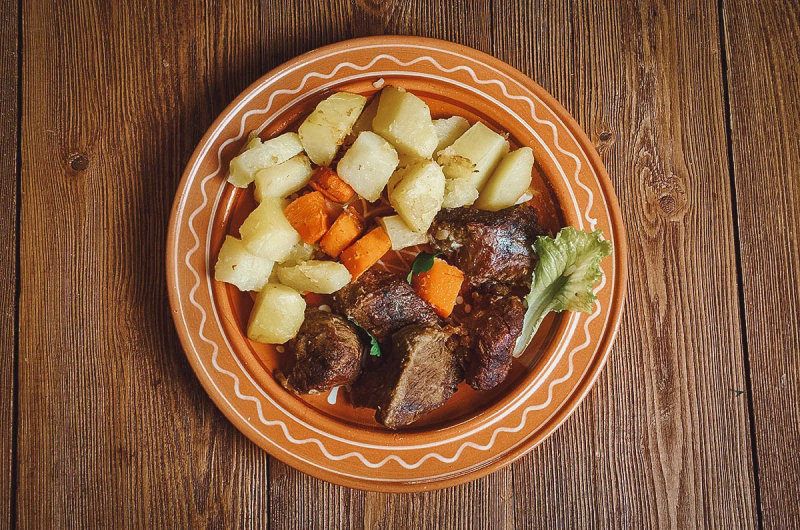
willflyforfood.net 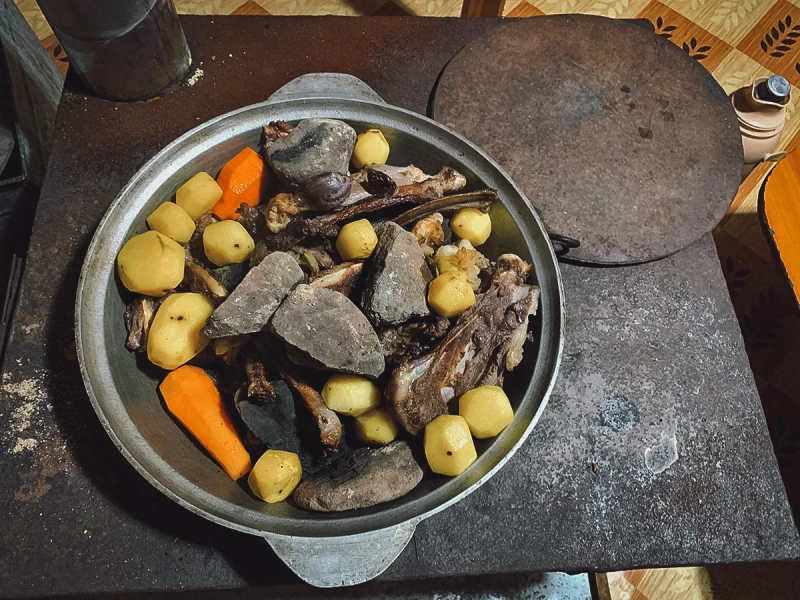
willflyforfood.net -
Mongolian cuisine is primarily meat-based, however there are a variety of other foods to sample. One of them is Boortsog. It's a fried dough snack popular in Mongolia and Central Asian nations such as Kazakhstan, Kyrgyzstan, and Uzbekistan. It's accessible all around the country, with each province putting their own touch on the meal. Boortsog can be produced in a variety of ways, but it's usually created with a dough made of flour, butter, water, salt, and sugar. Before being deep-fried to a golden brown, the dough is cut and molded into various shapes such as spheres, rectangles, or strips. When they're done, eat them simple with tea or with butter, honey, or cheese.
Ingredients
- 2 cups flour, 1/4 cup butter, 1/2 cup warm water +/-, 1/2 cup sugar, pinch of salt, oil for frying can be mutton fat but vegetable oil is also used
Instructions
- Desolve the sugar and salt into the warm water
- In a bowl, mix together the flour, water mixture, and butter and knead extensively to a tough, dense dough, add flour or water as necessary.
- Let rest for about 30 minutes and knead again to remove any air bubbles.
- roll out the dough to about 1/2 inch thickness and cut into rectangles about 2 x4
- Cut a slit in the middle and pull one end through making sort of a knot shape.
- Heat up you oil in a frying pan and deep fry until golden brown on each side.
- Remove and serve warm with Mongolian tea.
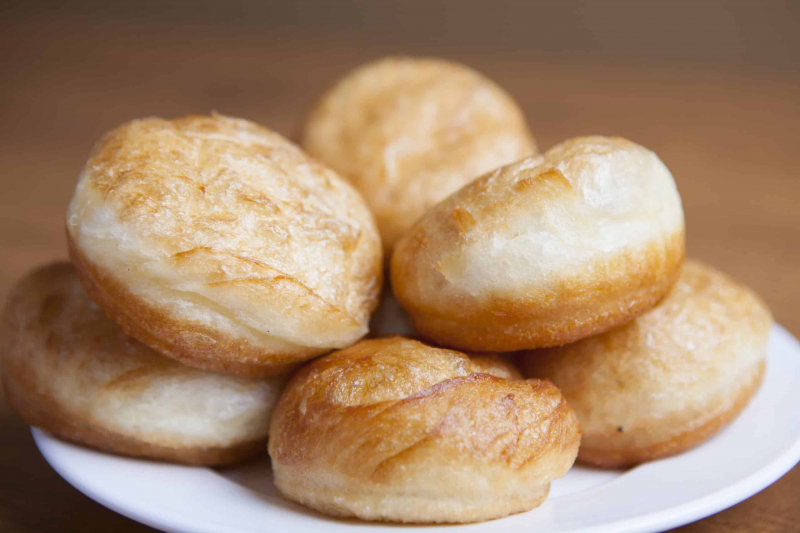
internationalcuisine.com 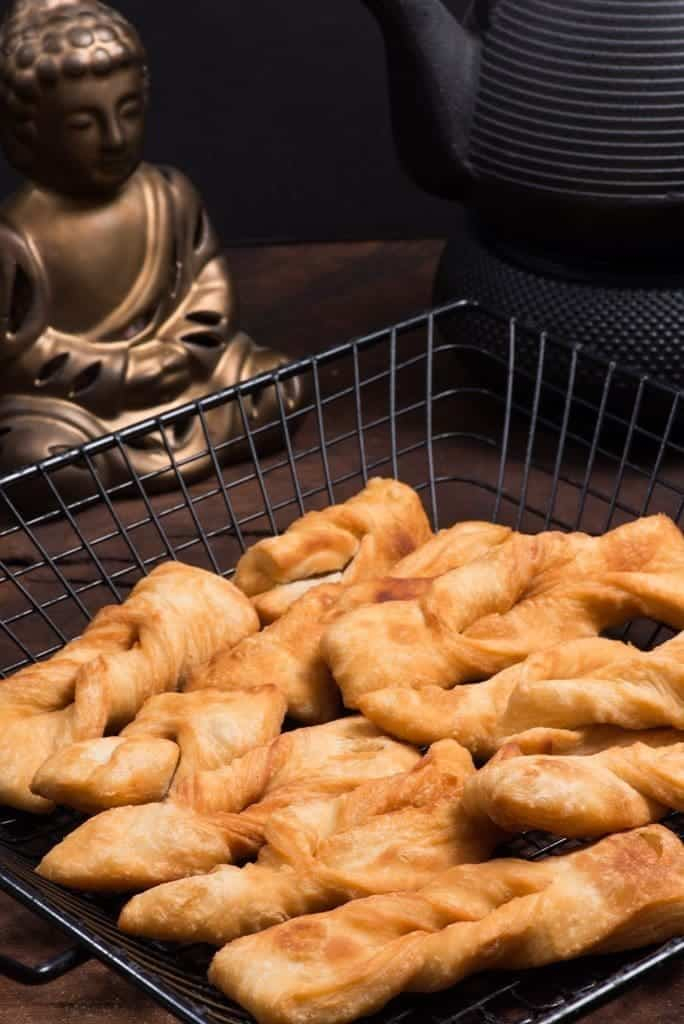
internationalcuisine.com









